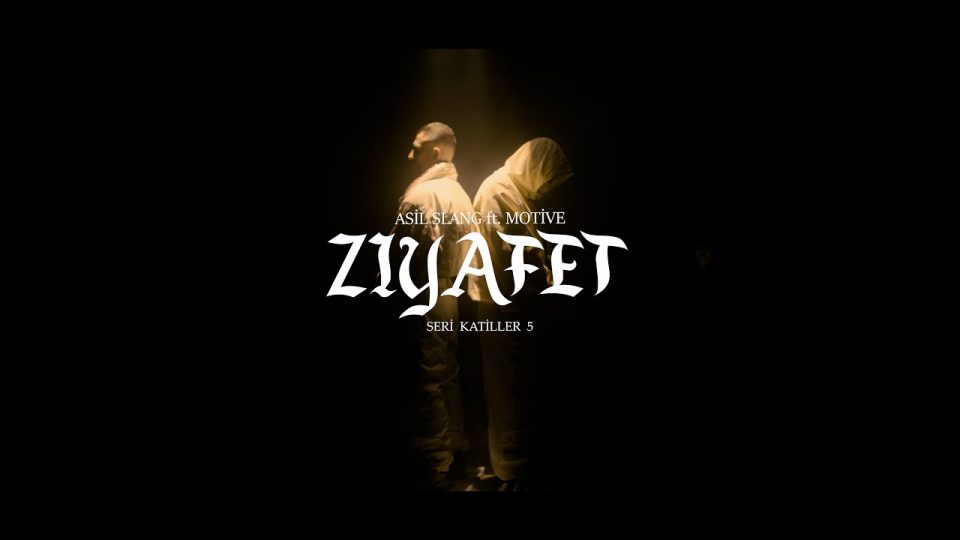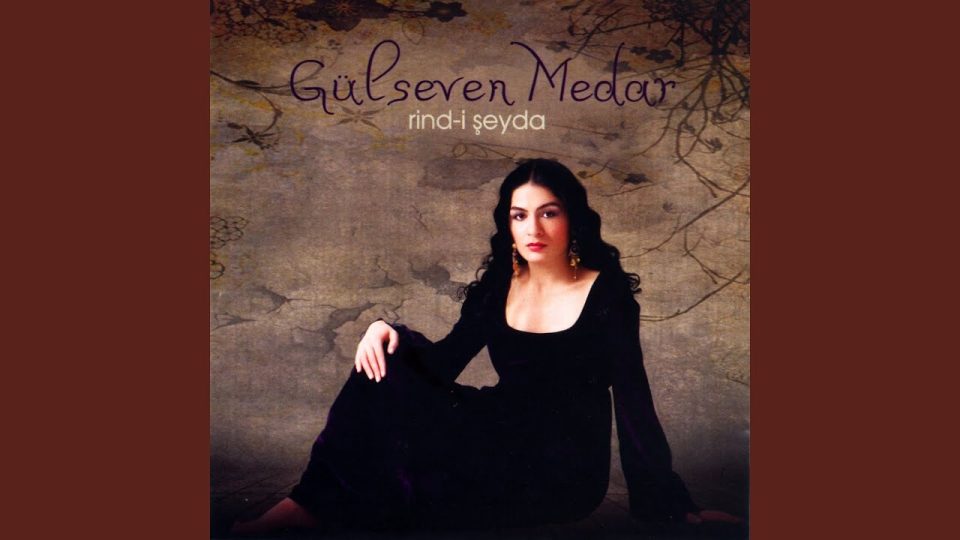1 – Gog and Magog in Early Eastern Christian and Islamic Sources: Emeri van Donzel, 2010. This book focuses on the origins of the Gog and Magog story in Eastern Christian and Islamic sources. The author examines the development of the story from its earliest known references in the Old Testament to its later incorporation into apocalyptic and prophetic literature. He explores the various interpretations and adaptations of the Gog and Magog narrative in different cultural contexts and religious traditions. The book provides a detailed analysis of the textual and visual representations of Gog and Magog in early Eastern Christian and Islamic sources, including the Qur’an, the Hadith, and the Syriac Apocalypse of Pseudo-Methodius. The author also examines the historical and geographical factors that may have influenced the formation of the Gog and Magog narrative, such as the Mongol invasions of the Middle East and Central Asia. Overall, the book provides a comprehensive overview of the Gog and Magog story in early Eastern Christian and Islamic sources, shedding light on its cultural, religious, and historical significance.
2 – Gog and Magog: The Devil’s Descendants: Martin Lings, 2004. This book presents a theological interpretation of the Gog and Magog story in the context of Islamic eschatology. The author argues that Gog and Magog represent the ultimate manifestation of evil in the world, and that their appearance is a sign of the end times. He explores the symbolic meanings of Gog and Magog in the Qur’an and the Hadith, and discusses their role in Islamic eschatological narratives. The book also examines the relationship between Gog and Magog and other eschatological figures, such as the Antichrist and the Mahdi. The author concludes by offering a spiritual interpretation of the Gog and Magog story, emphasizing the need for moral and ethical preparation in the face of the impending apocalypse.
3 – The Rise of Gog and Magog: The End of the Western World: R. Hollis, 2019. This book offers a geopolitical interpretation of the Gog and Magog story, linking it to contemporary global politics and the decline of Western civilization. The author argues that Gog and Magog represent the forces of anti-Westernism and anti-Christianity, and that their rise is a sign of the end of the Western world. He explores the historical roots of anti-Westernism and anti-Christianity in non-Western cultures, and analyzes their contemporary manifestations in the form of radical Islamism, Chinese expansionism, and Russian revisionism. The book also discusses the implications of the Gog and Magog narrative for the future of the Western world, and offers policy recommendations for addressing the threats posed by the rise of Gog and Magog.
4 – The Gates of Gog and Magog: Israel, the Palestinians, and the Armageddon Conspiracy: Ian Gurney, 2002. This book explores the role of the Gog and Magog story in contemporary Middle Eastern politics, particularly in the context of the Israeli-Palestinian conflict. The author argues that the Gog and Magog narrative has been appropriated by various political and religious groups in the region, who use it to justify their respective agendas. He examines the historical and cultural background of the Gog and Magog story in the Middle East, and analyzes its contemporary manifestations in the form of Islamic extremism, Zionist messianism, and Christian dispensationalism. The book also discusses the implications of the Gog and Magog narrative for the future of the Middle East, and offers recommendations for promoting peace and reconciliation in the region.
5 – The Legend of Gog and Magog: Sir Thomas H. Holdich, 1928. This book is a historical and geographical study of the legend of Gog and Magog, focusing on its development and diffusion in Europe, Asia, and Africa. The author examines the various versions and adaptations of the Gog and Magog story in different cultures and languages, and traces their geographical and cultural origins. He also explores the visual representations of Gog and Magog in art and literature, and analyzes their symbolic meanings and cultural significance. The book provides a detailed analysis of the historical and geographical contexts that may have influenced the spread and transformation of the Gog and Magog legend, such as the Crusades, the Mongol invasions, and the discovery of the New World.
6 – Gog and Magog: Ezekiel 38-39 as Pre-Text for Revelation 19,17-21 and 20,7-10: Othmar Keel, 2015. This book offers a biblical and intertextual analysis of the Gog and Magog story, focusing on its relationship with other apocalyptic and prophetic texts in the Hebrew Bible and the New Testament. The author examines the literary and theological connections between the Gog and Magog narrative in Ezekiel 38-39 and its later reinterpretations in the Book of Revelation. He also explores the symbolic meanings of Gog and Magog in the context of biblical prophecy, and discusses their eschatological significance in Jewish and Christian theology.
7 – The Myth of Gog and Magog: M. R. Yuce, 2011. This book offers a critical analysis of the Gog and Magog story, challenging its authenticity and historical accuracy. The author argues that the Gog and Magog narrative is a mythological construct, with no basis in historical reality. He examines the textual and archaeological evidence that may shed light on the origins and development of the Gog and Magog legend, and questions the validity of the various interpretations and adaptations of the story in different cultural and religious contexts.
8 – Gog and Magog in Modern Fiction: Mark Bould, 2010. This book explores the literary and cultural representations of Gog and Magog in modern fiction, focusing on their symbolic meanings and cultural significance. The author analyzes the various ways in which Gog and Magog have been used in modern literature to reflect on issues of power, identity, and global politics. He also discusses the relationship between the Gog and Magog narrative and other apocalyptic and dystopian themes in modern fiction, such as nuclear war, environmental collapse, and the rise of totalitarianism.
9 – Gog and Magog: The Giants in English Folklore: Jacqueline Simpson, 2018. This book is a cultural and folkloric study of the Gog and Magog legend in England, focusing on its development and diffusion in local traditions and popular culture. The author examines the various folkloric and literary sources that may have contributed to the formation of the Gog and Magog narrative in England, and analyzes its symbolic meanings and cultural significance in different historical periods. She also explores the visual representations of Gog and Magog in English art and literature, and discusses their role in English folklore and identity.
10 – Gog and Magog: The History of a Symbol of London: David Hughson, 1819. This book is a historical and cultural study of the Gog and Magog legend in the context of London’s civic and cultural identity. The author examines the origins and development of the Gog and Magog story in the folklore and literature of England, and explores its association with the city of London. He also discusses the role of Gog and Magog as the traditional guardians of London’s liberties and freedoms, and analyzes their symbolic meanings and cultural significance in the context of London’s history and mythology. The book includes illustrations and descriptions of the Gog and Magog figures that have been used in London’s civic and cultural events throughout the centuries.

















